

- RFQ
- BOM
-
Contact Us
Tel: +86-0755-83501315
Email: sales@sic-components.com
- Chinese
- English
- French
- German
- Portuguese
- Spanish
- Russian
- Japanese
- Korean
- Arabic
- Irish
- Greek
- Turkish
- Italian
- Danish
- Romanian
- Indonesian
- Czech
- Afrikaans
- Swedish
- Polish
- Basque
- Catalan
- Esperanto
- Hindi
- Lao
- Albanian
- Amharic
- Armenian
- Azerbaijani
- Belarusian
- Bengali
- Bosnian
- Bulgarian
- Cebuano
- Chichewa
- Corsican
- Croatian
- Dutch
- Estonian
- Filipino
- Finnish
- Frisian
- Galician
- Georgian
- Gujarati
- Haitian
- Hausa
- Hawaiian
- Hebrew
- Hmong
- Hungarian
- Icelandic
- Igbo
- Javanese
- Kannada
- Kazakh
- Khmer
- Kurdish
- Kyrgyz
- Latin
- Latvian
- Lithuanian
- Luxembou..
- Macedonian
- Malagasy
- Malay
- Malayalam
- Maltese
- Maori
- Marathi
- Mongolian
- Burmese
- Nepali
- Norwegian
- Pashto
- Persian
- Punjabi
- Serbian
- Sesotho
- Sinhala
- Slovak
- Slovenian
- Somali
- Samoan
- Scots Gaelic
- Shona
- Sindhi
- Sundanese
- Swahili
- Tajik
- Tamil
- Telugu
- Thai
- Ukrainian
- Urdu
- Uzbek
- Vietnamese
- Welsh
- Xhosa
- Yiddish
- Yoruba
- Zulu
- Kinyarwanda
- Tatar
- Oriya
- Turkmen
- Uyghur
Power Supply Design For Single-Supply Amps
The power supply design for single-supply amplifiers is really crucial in the analog electronics world, especially in battery-powered devices, portable gadgets, or systems with extremely limited space—they’re almost indispensable. Unlike dual-supply setups that require both positive and negative rails, a single-supply amplifier uses just one voltage source, usually positive. It’s simpler, lighter, and more energy-efficient, but designing it requires careful attention to voltage referencing, signal range, and noise control; otherwise, it’s easy to run into problems.
At its core is the concept of a "virtual ground." A single-supply amplifier’s output voltage can only swing between 0V and the supply rail—say, 0 to 5V—so you need a midpoint as a reference. For a 5V supply, 2.5V works as the virtual ground, allowing AC signals to oscillate around this point without clipping. Creating a stable virtual ground is super important. Common methods include resistor dividers with buffer op-amps or dedicated voltage reference ICs. Resistor dividers are cheap but prone to noise and load fluctuations; adding a buffer to isolate it makes things much more stable—spending a bit extra is totally worth it for precision applications.
You also need to nail the input and output signal ranges. Single-supply amplifiers have limited common-mode input ranges—they can’t get too close to the supply rails, or the signal will distort. For example, a 3.3V op-amp might only handle inputs between 0.3V and 3V, so signals need to be biased into this range. Outputs have similar issues: most can’t reach the rails, leaving a "dead zone" near 0V and the supply voltage. Rail-to-rail amplifiers are better, with outputs within tens of millivolts of the rails, but they’re pricier and might introduce noise. Setting the gain is tricky here—too much gain can push the output into the dead zone, while too little wastes dynamic range. It’s quite a balancing act.
Power supply noise is a major headache for single-supply designs. Since the virtual ground and signal paths all rely on that single rail, any noise on the supply—like ripple from a cheap DC-DC converter—will directly leak into the signal chain. Decoupling capacitors are non-negotiable: a 100nF ceramic capacitor placed right next to the amplifier’s power pins shunts high-frequency noise to ground, while a 10µF electrolytic capacitor filters low-frequency ripple. For sensitive circuits like audio preamps, adding an LC filter can reduce noise by over 40dB. It does drop the voltage a bit, shrinking the effective supply range, but it’s totally worth it.
Thermal management is often overlooked, but it really matters for high-power single-supply amplifiers. Linear regulators and power amplifiers dissipate heat as (Vin - Vout) × Iload, which can spike in low-voltage systems. For example, a 5V amplifier supplying 1A to a 3V load generates 2W of heat—more than enough to overheat a small SMD package. Adding heat sinks, thermal vias, or wide copper pours on the PCB helps, but sometimes switching regulators are better. They’re noisier but more efficient. It depends on the use case: linear is steadier for audio gear, while switching works better for motor drives—each has its place.
Protection features can’t be skipped either. Single-supply systems don’t have the same safety margin as dual-supply ones, so overcurrent and overtemperature protection can be lifesavers. Many modern amplifiers have built-in thermal shutdown, but adding an external fuse or current-sense resistor adds extra security. Reverse-voltage protection is a must too—accidentally reversing the battery can fry components in seconds. Slapping a Schottky diode in series or a dedicated protection IC saves a lot of headaches during testing.
At the end of the day, designing single-supply amplifiers is all about balancing constraints. You trade the simplicity of a single rail for the hassle of virtual grounds and noise control, but get it right, and you end up with compact, lightweight battery-powered devices. Whether it’s a sensor node in the field or a headphone amp in a backpack, nailing the power supply design turns finicky circuits into reliable workhorses. You know what I mean?
https://www.sic-components.com/

Hot Products
View MoreRelated Blogs

2000+
Daily average RFQ Volume

30,000,000
Standard Product Unit

2800+
Worldwide Manufacturers

15,000 m2
In-stock Warehouse



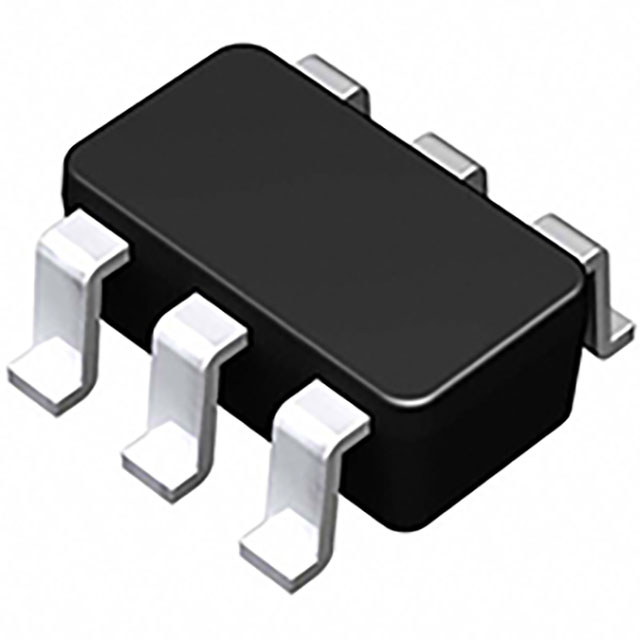
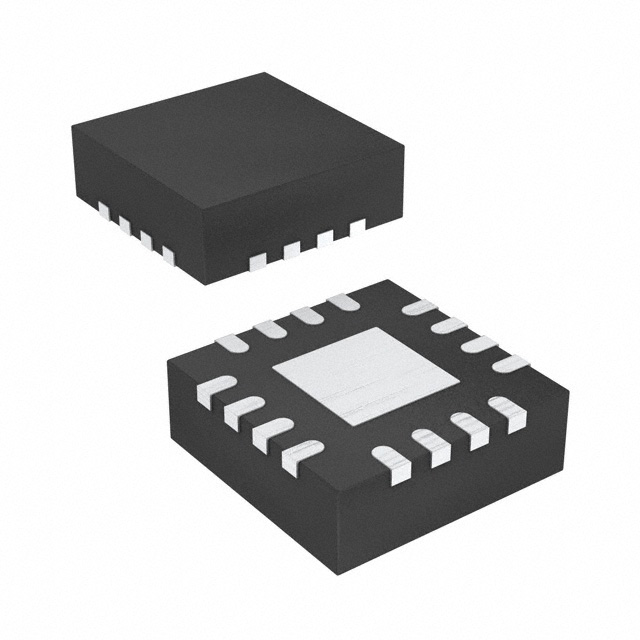
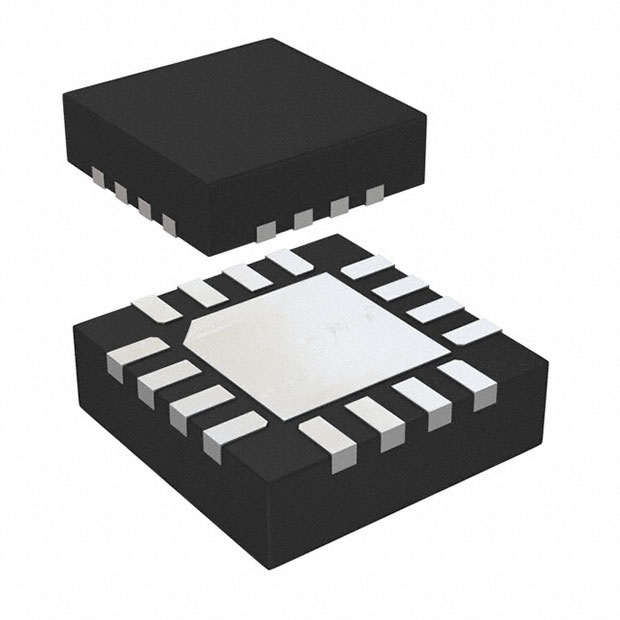
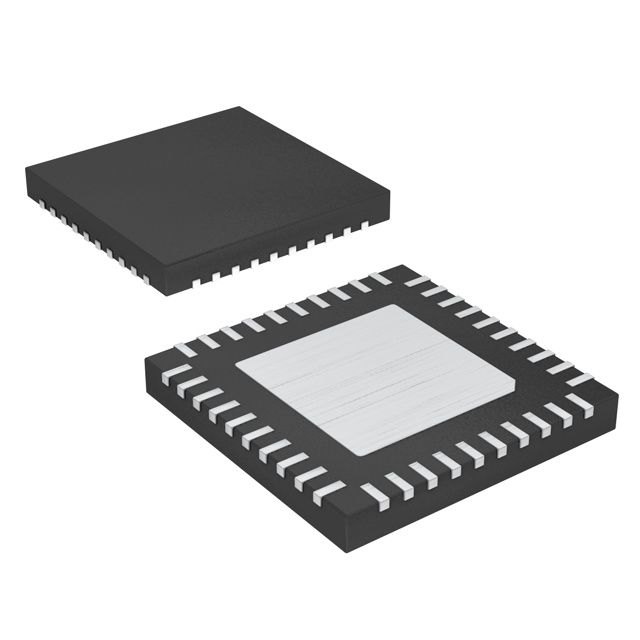
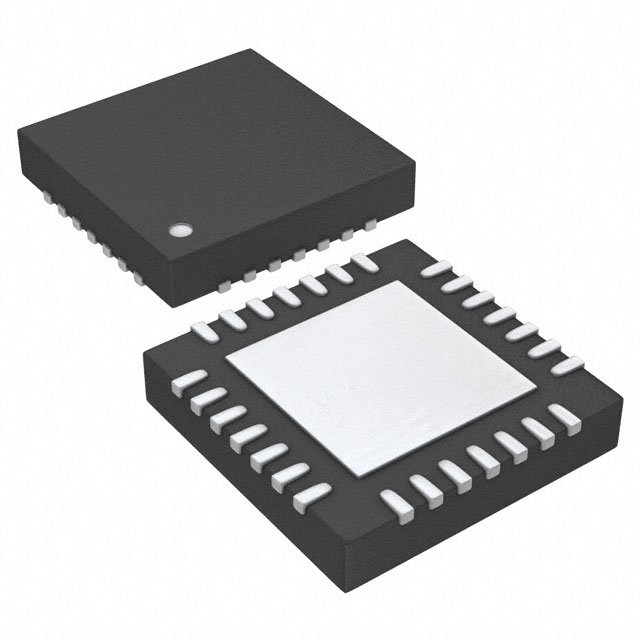
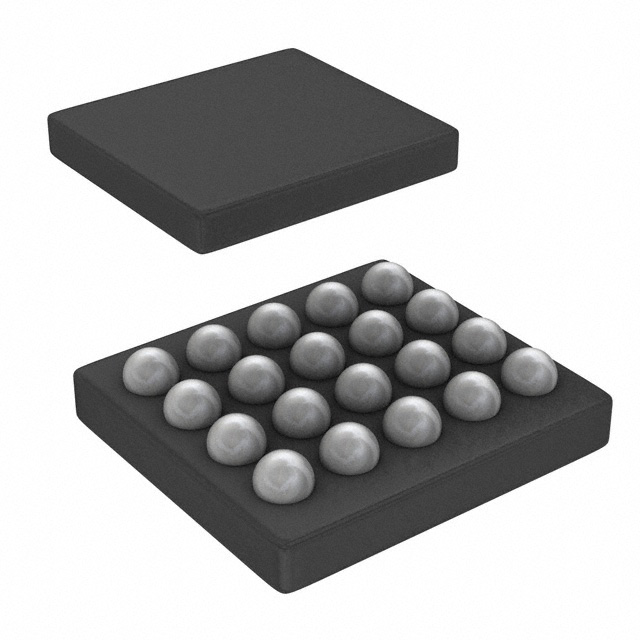
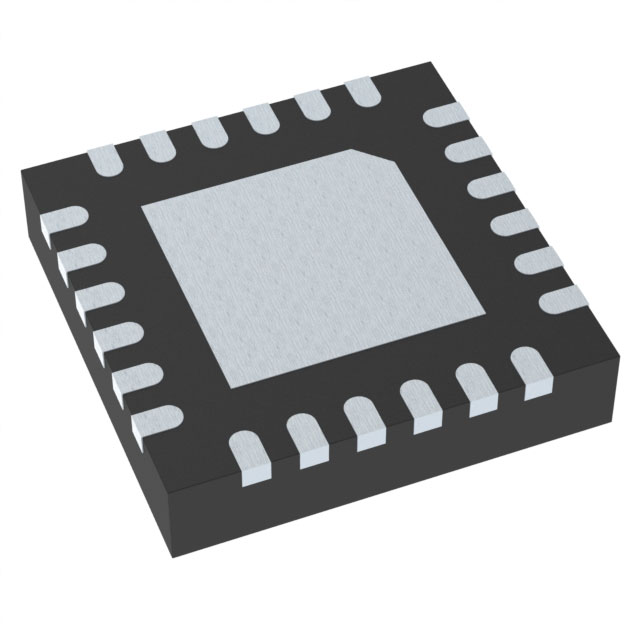
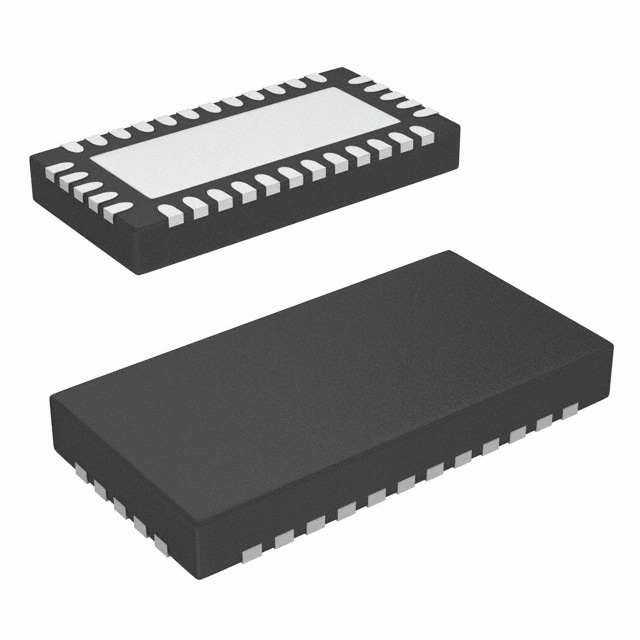
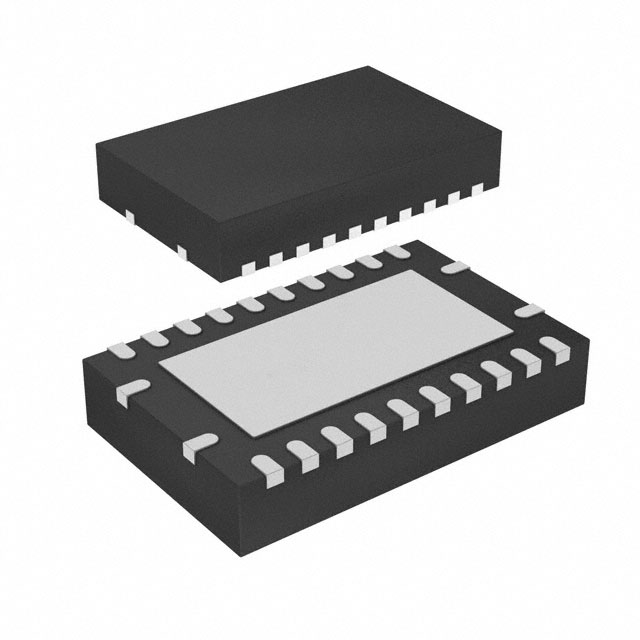
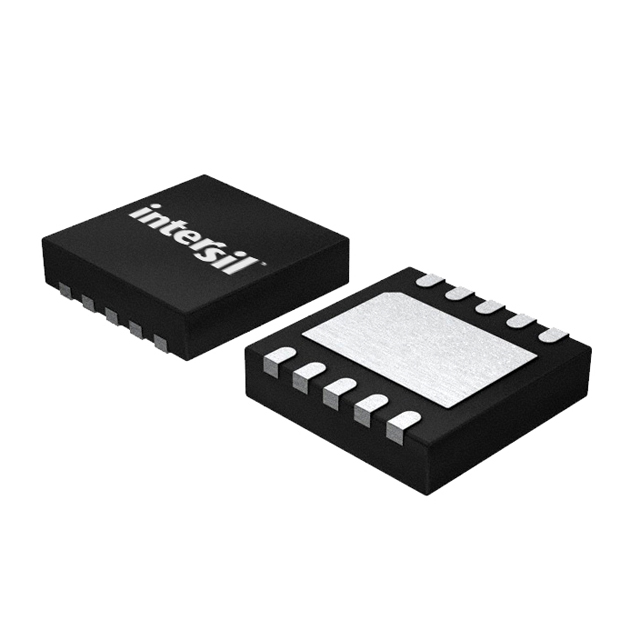
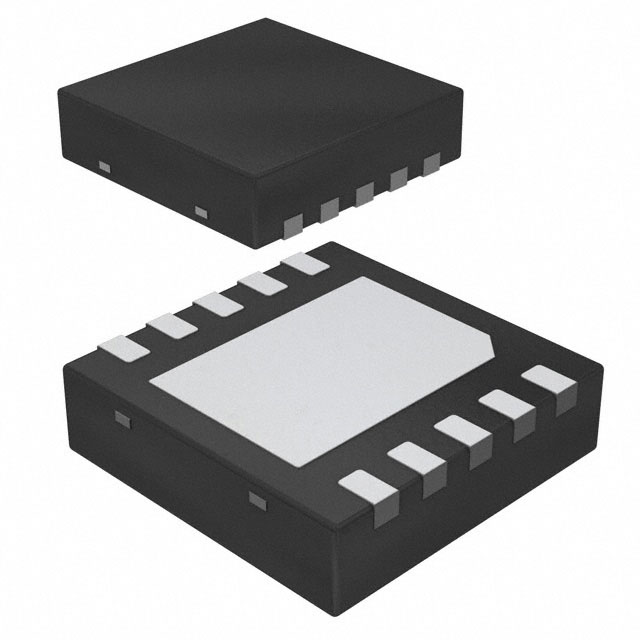
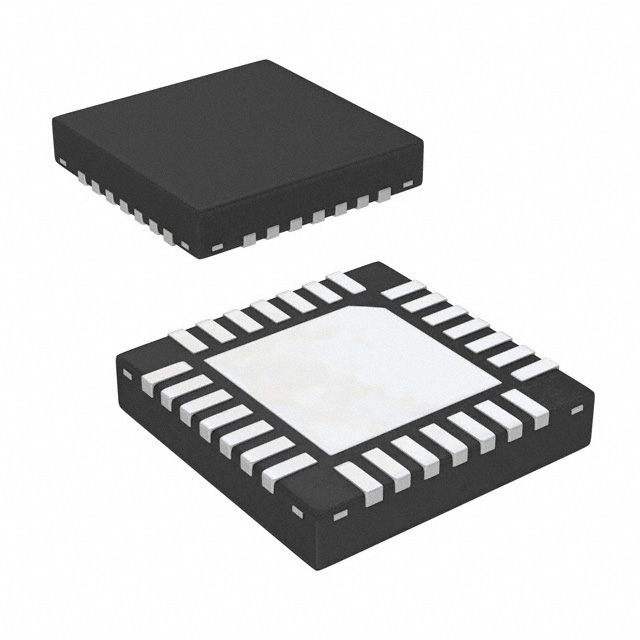
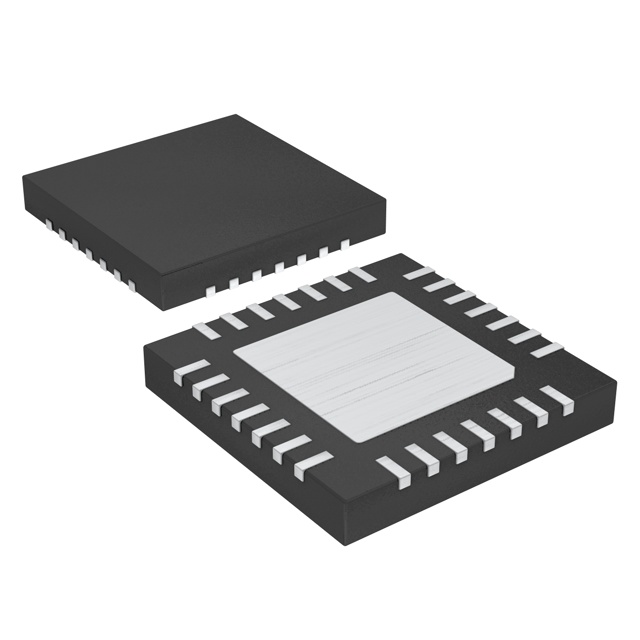
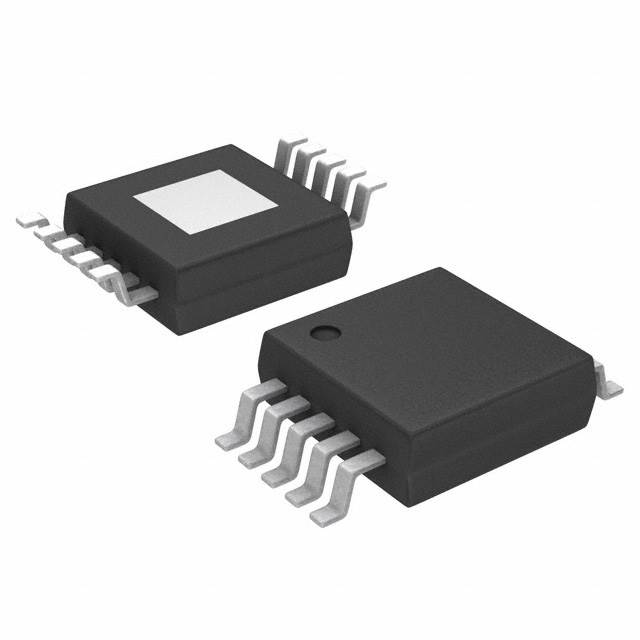

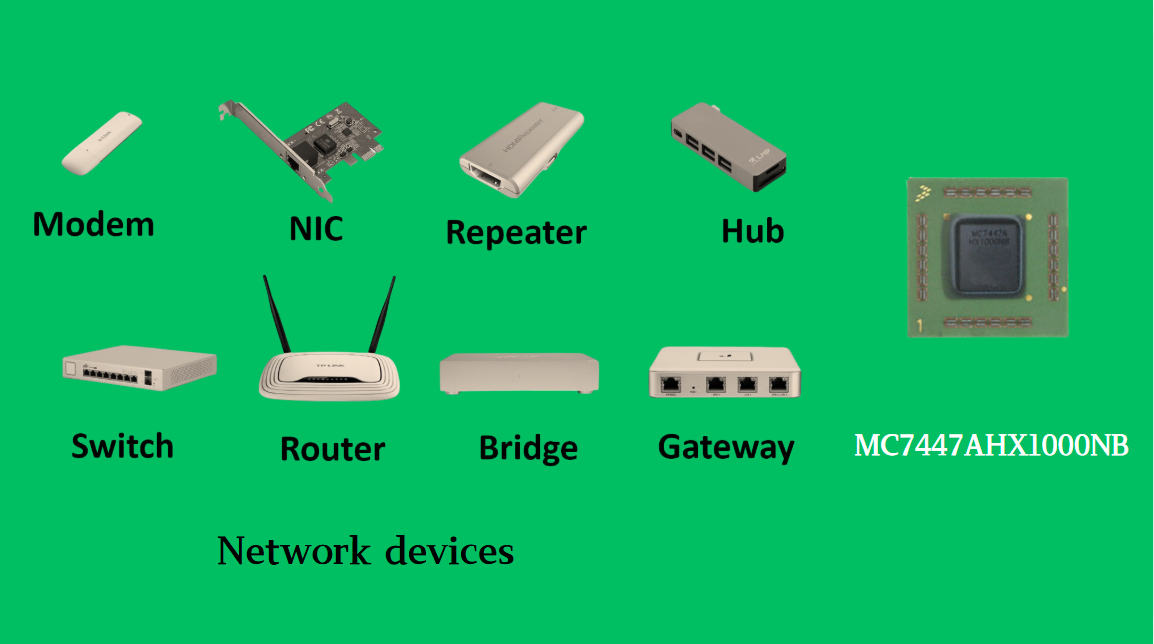








 Wishlist (0 Items)
Wishlist (0 Items) 